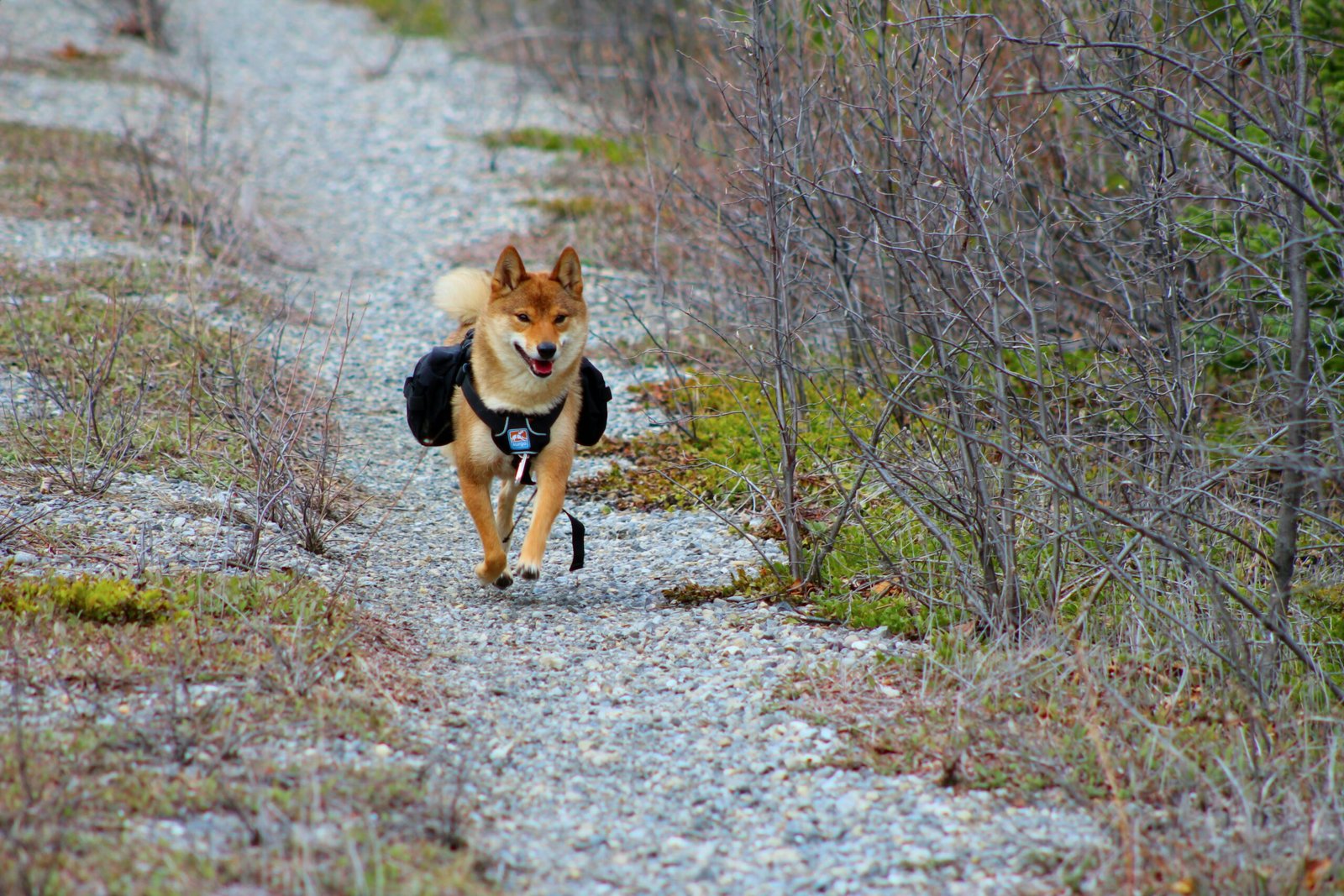
Choosing the Perfect Dog-Friendly Trail
When planning a hike with your dog, finding the right trail is essential for an enjoyable experience. Not all hiking trails are dog-friendly; therefore, understanding how to identify suitable options is critical. To start, utilize various apps and websites designed to provide information on trails that welcome dogs. Popular platforms, such as AllTrails, bring together user-generated content and government resources to display vital trail details, including pet restrictions. You can filter searches specifically for dog-friendly trails, enabling you to quickly locate areas that will allow your furry companion to enjoy the great outdoors alongside you.
Additionally, it is important to consider your dog’s abilities when selecting a trail. Dogs come in all shapes, sizes, and fitness levels, which heavily influences the kind of terrain they can manage. For example, a senior dog or a smaller breed may struggle on steep, rocky paths, whereas an active, young breed may thrive in those conditions. Assess the trail’s difficulty rating and compare it to your dog’s physical capabilities to ensure an appropriately challenging adventure. For novice hikers, sticking to well-marked, easy trails is a recommended strategy until you gauge your dog’s stamina and endurance.
Terrain considerations are also paramount in promoting your dog’s safety and preventing injuries. Uneven surfaces, loose rocks, or steep descents can pose risks to your canine companion and may lead to accidents. Look for trails that offer a mix of different terrains but primarily focus on well-groomed paths. When venturing into unfamiliar territories, take the time to observe the conditions beforehand. These steps will not only secure an enjoyable hike for you and your dog but will also enrich your outdoor experiences together.
Essential Gear for Hiking with Dogs
When embarking on a hiking adventure with your dog, packing the right gear is crucial for ensuring a comfortable and safe experience for both of you. The first essential item is a quality no-pull harness. Unlike typical collars, these harnesses distribute pressure evenly across the dog’s body while discouraging pulling. This equates to a more controlled and enjoyable hike, making it easier to manage enthusiastic pups who tend to pull on the leash.
Next on the list is a sturdy leash. A leash that is at least six feet long offers the perfect balance of freedom and control, allowing your dog to explore while still being secured. Pairing this with the no-pull harness creates the ideal walking setup. Additionally, collapsible water bowls are a must-have for keeping your furry companion hydrated during breaks. Available in lightweight materials, these bowls can easily fit in your backpack without taking up much space.
Protective dog boots are another important consideration. Hiking can expose your dog’s paws to rough terrain, sharp rocks, and hot surfaces. Equipped with appropriate dog boots, you can protect their paws from injury while also providing traction on slippery paths. Alongside these must-haves, optional gear such as a dog backpack may enhance your hiking experience. By allowing your dog to carry their own food, water, and supplies, you can foster a sense of responsibility and balance the load between you both.
Finally, being prepared for the unexpected is essential, making a first-aid kit an indispensable addition to your gear. A comprehensive first-aid kit should include items such as gauze, antiseptic wipes, tweezers, and nasal clamps, ensuring you are well-equipped to handle minor injuries. Properly equipping yourself and your dog not only increases the enjoyment of your hiking trip but also contributes to a safe and memorable journey on the trail.
Tips for a Safe and Fun Hiking Experience
Ensuring a safe and enjoyable hiking experience for both you and your dog is crucial. One fundamental aspect is maintaining proper hydration, which is vital for your dog’s health, especially during warmer months. Always carry sufficient water for both you and your pet, and take regular breaks to allow your dog to hydrate, particularly after climbing steep trails or during strenuous sections of your hike.
Monitoring your dog’s energy levels throughout the hike is equally important. Dogs can sometimes push themselves too hard, leading to fatigue or overheating. Look for signs such as excessive panting, lagging behind, or reluctance to continue. If you notice these signs, it’s advisable to pause, offer water, and allow your dog to rest. Recognizing when to call it a day can help prevent injury and ensure that your dog has a positive hiking experience.
Sticking to marked trails is another essential safety tip. These trails are specifically designed for hikers and typically minimize hazards such as sharp inclines or tricky terrains. Additionally, adhering to the ‘leave no trace’ principles can enhance the experience not just for yourselves but also for future hikers and wildlife. This means collecting all waste, avoiding unnecessary disturbances to native plants and animals, and respecting wildlife habitats.
Lastly, it is necessary to understand and abide by leash laws in the area you are hiking. Many parks and trails require dogs to be leashed to protect both wildlife and your pet. Keeping your dog on a leash, especially in unfamiliar areas, ensures their safety and the comfort of other trail-goers. By following these essential tips, you can create a harmonious and pleasant hiking experience with your four-legged companion.
Top Dog-Friendly Hiking Trails to Explore
Hiking with your dog can be an enriching experience, especially when exploring some of the country’s best dog-friendly trails. Among the many options available, Runyon Canyon Park in Los Angeles stands out for its scenic views and social environment. The park features well-maintained trails that allow dogs to roam off-leash in designated areas, making it a popular spot for locals and visitors alike. It is important to stay aware of the weather and trail conditions, as they can change rapidly, particularly during warmer months.
On the opposite coast, Acadia National Park in Maine presents a stunning backdrop for hiking with dogs. With over 120 miles of hiking trails, pets are welcomed on many of the park’s paths. Particularly popular is the Jordan Pond Path, known for its picturesque views and relatively easy terrain, accommodating hikers of all experience levels. However, visitors should check the National Park Service website for specific trail restrictions regarding where dogs can and cannot go, particularly during peak seasons.
Virginia also offers fantastic trails, such as the Great Falls Park where dogs are allowed on many of the trails while on leashes. The diverse landscape here presents both paved and unpaved options, catering to various hiking preferences. In addition, the park provides several amenities, including picnic areas, which make it easy for hikers to enjoy a day outdoors with their pets.
In Vermont, the Green Mountains are home to dog-friendly trails like the Bald Mountain Trail, offering moderate challenges and stunning views. Hikers are advised to prepare appropriately by assessing trail conditions, bringing adequate supplies, and ensuring their dogs are comfortable with the terrain. Checking weather forecasts ahead of time can also aid in having a safer and more enjoyable experience.




